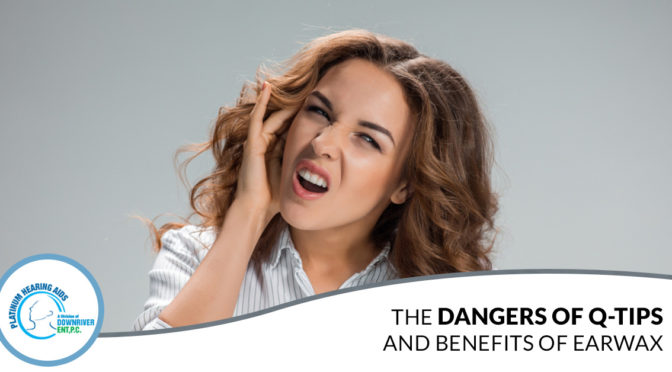If you have been noticing some of the signs of hearing loss, if you have recently taken a hearing test, or if your audiologist has said directly that it’s time to be fitted for hearing aids, then it’s time to start researching the different types and styles of hearing aids.
At Platinum Hearing Aids, our audiologists specialize in providing the right fit, style, and functioning hearing aid for each of our patients. Life can change quickly when hearing loss occurs, and when it comes to your hearing, we want everyone’s life to be as uneventful as possible. If you’re just starting your search for the right aid, here is some basic information on the types that we commonly fit patients with.
Completely in the Canal (CIC)
Made to help with mild to moderate hearing loss in adults, this type of aid is actually molded to the inside of your ear canal. They are the smallest and hardest to see, there’s less chance of picking up on wind or other noises, and they use small batteries. On the other hand, this type often doesn’t have other features, such as volume control, the batteries have a shorter life and can be hard to handle, and the speaker on the unit may become clogged with earwax.
In the Canal (ITC)
This type is also molded to fit your ear canal exactly and it fits just slightly in the canal. An ITC aid is used for mild to moderate hearing loss in adults. Because of the slightly larger size, the hearing aid has some beneficial features.
In the Ear (ITE)
There are two types of ITE hearing aids: one that sits in the bowl area of your outer ear, and one that sits on the lower part, or half shell of the ear. Both of these can be used for adults with mild to severe hearing loss. This type has features such as volume control that wouldn’t fit on smaller pieces. Because of the size, they are easier to handle and use a larger battery with a longer life. However, they are also easier to see and there is a bigger chance of picking up wind and other noises.
Behind the Ear (BTE)
As the name suggests, this type of hearing aid sits behind the ear. Another custom piece sits in your ear canal, called an earmold, that is connected to the hearing aid by a tune. This design treats all stages of hearing loss in people of all ages. This type is larger than the others, but there are new styles that are hard to see.
Receiver in Canal (RIC) or Receiver in the Ear (RITE)
These are similar to the Behind the Ear style, but have a speaker that sits either in the canal or in the ear. A wire connects the two pieces, instead of a tube. These are great for patients who want a hearing aid that is harder to see, but also wants the benefits of a larger piece.
Open Fit
This type is also similar to Behind the Ear aids. With this style, your ear canal is open to hear low-frequency sounds, and the hearing aid will amplify high-frequency sounds. These are harder to see, but have smaller parts that may be harder to handle.
If you want to be fitted for a hearing aid that increases your quality of life, get in touch with the audiologists at Platinum Hearing Aids. We are passionate about improving our patients’ lives.








